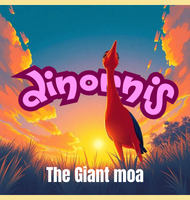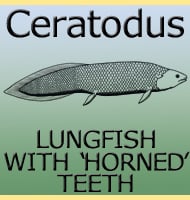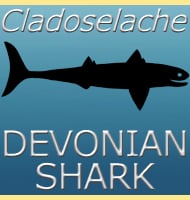In Depth
Today fish under the Lampris genus (a.k.a. moonfish, opah, Jerusalem haddock, kingfish and cravo) are known for their deep round bodies, brilliant sheen to their scales and the fact that they can easily grow up to two meters in length. Then in 2006 a fossil relative of the Lampris was named, and comparison between this partials skeleton and modern Lampris led to the revelation that this ancient relative could grow to at least double the size of even the largest Lampris, hence the creation of the name, Megalampris.
Modern Lampris are predators of smaller fish as well as squid, but in turn they are prey to larger pelagic (open water) sharks like makos and great whites. The same was probably true for Megalampris, but with the additions megatoothed sharks like C. angustidens and C. chubutensis as well as predatory cetaceans like Waipatia, Megalampris was far from being a top predator.
Further Reading
- Megalampris keyesi, a Giant Moonfish (Teleostei, Lampridiformes) from the Late Oligocene of New Zealand. Journal of Vertebrate Paleontology 26(3):544-55. - Michael D. Gottfried, R. Ewan Fordyce & Seabourne Rust - 2006.










